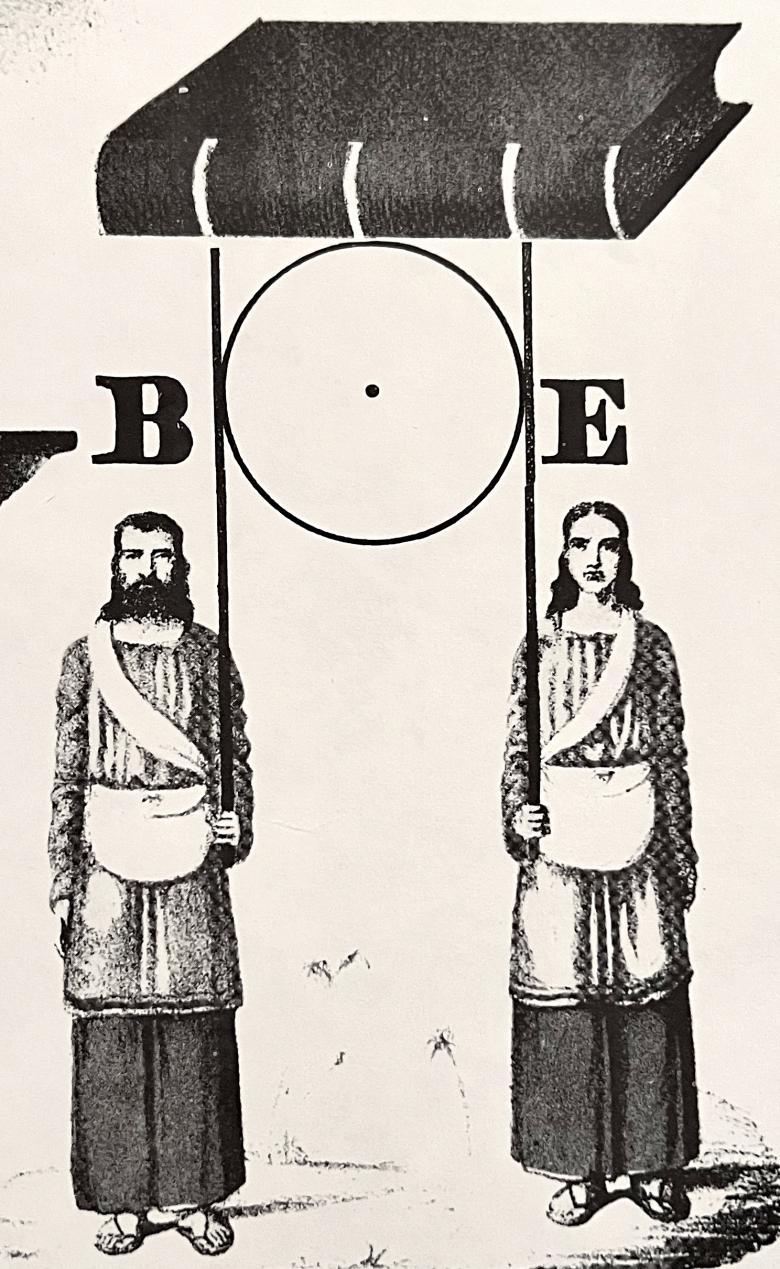Holidays of the Summer Solstice


Some of our latest news
Holidays of the Summer Solstice
This week, holidays related to the summer solstice are being celebrated. In Western Christianity, these days are dedicated to John the Baptist. The holiday of Ligo was celebrated in Latvia and Estonia on June 23-24th. In Lithuania the day of St. Johnas was celebrated on the same day.
The day of St. John the Baptist is celebrated by the Catholic Church on June 24.
As you know, many Christian holidays assimilated the previous pagan rites associated with calendar.
The celebration of the summer solstice with its symbolic attributes,fire, water, fertility rituals, has become a rich source of the rituals of the day of John the Baptist. There is also an inverse influence of Christianity on the perception of the period preceding it. So the name of John, adopted in Russia - Kupala - has nothing to do with a pagan deity, as was commonly believed. John the Baptist "bathed" Jesus Christ when he baptized him. Since the Greek epithet of John βαπτιστής - translated as "bather, immersion".
This is one of the most important holidays for Freemasonry. The basic three Masonic degrees are the basis of symbolic or John's lodges, called by the name of their patron Saint John the Baptist.
Moreover, if we consider that Freemasonry grew out of the search for humanists born of the Renaissance, then it is important to know that the cult of John the Baptist was attributed to the most important figures of that period, including Leonardo Da Vinci and Michelangelo.
An important Masonic symbol associated with this date is a circle with a dot, bounded by two straight lines, one of which symbolizes John the Evangelist, whose day is celebrated close to the winter solstice and Christmas - December 27, the other - John the Baptist. Together, these two lines also refer to the Roman god Janus. His name is quite identical to Jonas or Janis, as June 24 is called in Lithuania and Latvia. The Temple of Janus is two columns, the past and the future, the beginning and the end, the transition from one world to another. "It is between these two columns that every bricklayer must pass during the ceremony of his" second birth ", and also between them he must pass after his death, during a real second birth - in a new, spiritual world, in a house not made by hands, eternal in Heaven," - writes Albert Pike.
An illustration of a circle with a point and two straight lines on the Masonic altar is from the Masonic Tracing board, which is in the collection of our museum. An illustration of the circle with a point and two lines on a Masonic altar is taken from a Masonic "Tracing Board" available in our museum's collection. This is an American print from the 19th century, which, among other things, depicts John the Baptist (the letter B) and John the Evangelist (the letter E). Additionally, these letters are the first and last in the word Bible.
 Museum
Museum